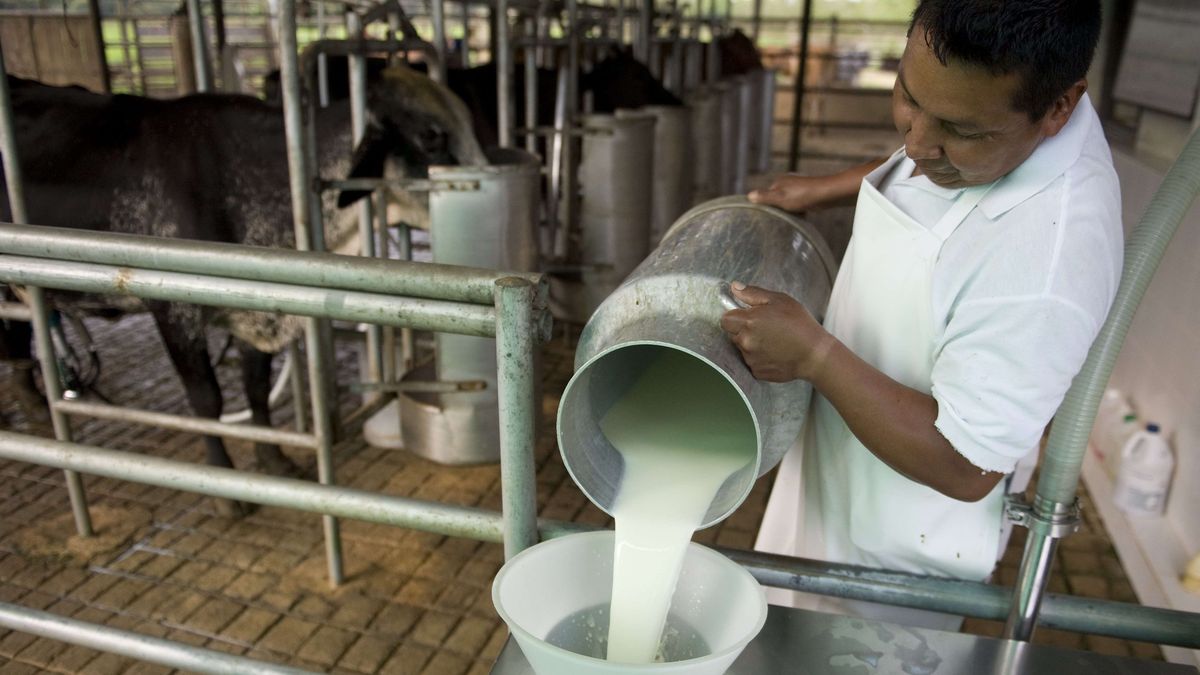The dairy industry has already started working on a proposal that will try to improve the agreement signed last year with the Ministry of Domestic Trade. At that time, an “agreement” had been reached by which the companies undertook to make the greatest possible efforts to increase products and brands in the Care Prices program and at the same time, the non-intervention of the export market was tacit, as if It happened with beef.
The complexity of the negotiation is based on the fact that since the beginning of 2022, maximum prices have been achieved in the global dairy market that have not been registered since 2014. In the last auction of the Global Dairy Trade (GDT) on February 1, the price of whole milk powder (WMP) reached 4,324 dollars. The demand from China and the low availability of milk in historically producing/exporting countries push prices up, which is also an opportunity for countries like ours, which have grown in production and at the same time have surpluses.
These values are a key reference because from there the ability to pay that the industry has for milk in dairy farm gates is established. According to José Quintana, -an expert in the sector- from the Dairy Economy in the Infortambo publication, he assures that “speculating that the industry can export at 4,000 dollars, the theoretical FAS for milk at the gate according to Argentine cost would be 35 cents on the dollar or a little. more than 38 pesos per liter.
Given this global market situation and taking into account a recent drop in production in January, which would be around 10% due to the drought and the stress suffered by the animals due to the heat wave, it is likely that prices are adjusted upwards and exceed the $34.35 in December that the producer received per liter of milk.
The possibility of growing exports -which generate dollars- collides with the government’s idea of keeping food prices at bay. Ercole Felippa, President of the CIL, assured in a dialogue with Ámbito that from the industries “work is being done to present a proposal similar to the one that was worked on last year”, with which careful prices were agreed and at the same time intervention was avoided. in exports.
The industries do not want what happened to meat to happen to milk. For this reason, Felippa explained that “dairy consumption in 2021 was slightly higher than in 2020 and the market was fully supplied.” He also clarified that “although there is a more pronounced seasonal drop due to the drought and with a very firm external market, the fear that the Government has is that milk that goes to the internal market will be reshipped towards the export market. That is almost impossible because the companies that we export have a high share of our sales in the domestic market, which is highly disputed.”
But there is one point that will undoubtedly add extra spice to the discussion and that is the role of supermarkets. According to Felippa, when analyzing the wholesale prices of the last year, that is to say at the factory, “we observed that they increased much less than those of gondola, 18.7% less. I want to say that without judging the commercial chain, the effort made by the primary and industrial sector is not seen in what the consumer pays. That number reaches 26% if we consider the last two years.
According to data from the Ministry of Agriculture, dairy exports contributed US$1,342 million to the country during 2021 (+18% versus 2020), with two years of growth in production without a lack of milk in the domestic market. According to the industrial leader, “if we all act responsibly, including the Government, we can repeat or improve a year with 2021, because a measure that tends to restrict exports is going to discourage production. That could cause a drop in price in the short term but it would discourage production and in the medium term it would generate the opposite effect”.
Source: Ambito
David William is a talented author who has made a name for himself in the world of writing. He is a professional author who writes on a wide range of topics, from general interest to opinion news. David is currently working as a writer at 24 hours worlds where he brings his unique perspective and in-depth research to his articles, making them both informative and engaging.




